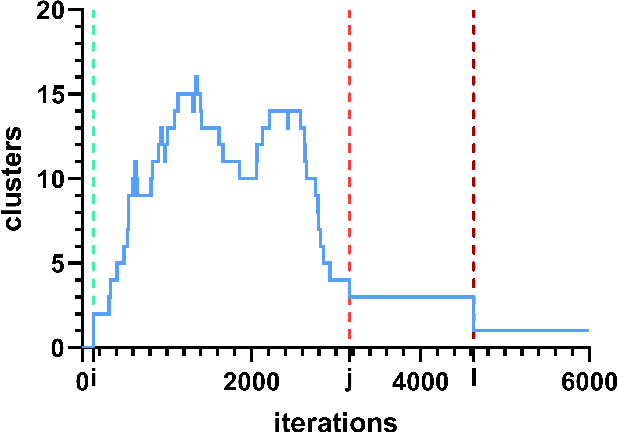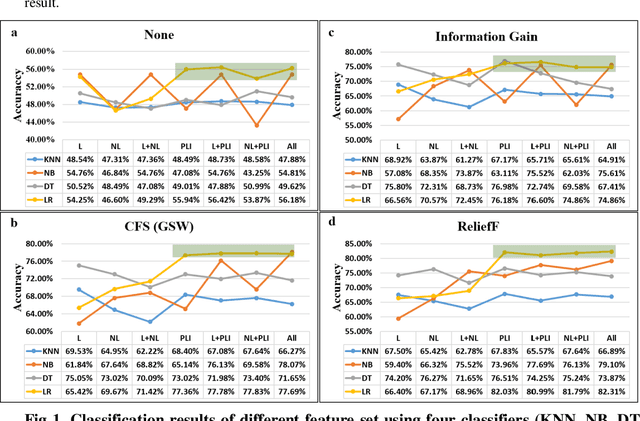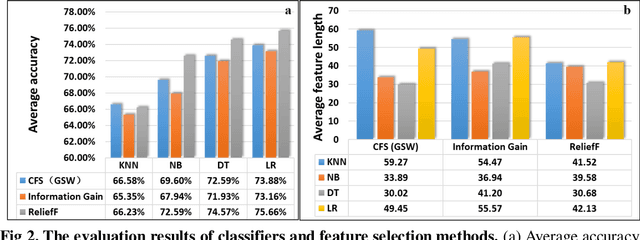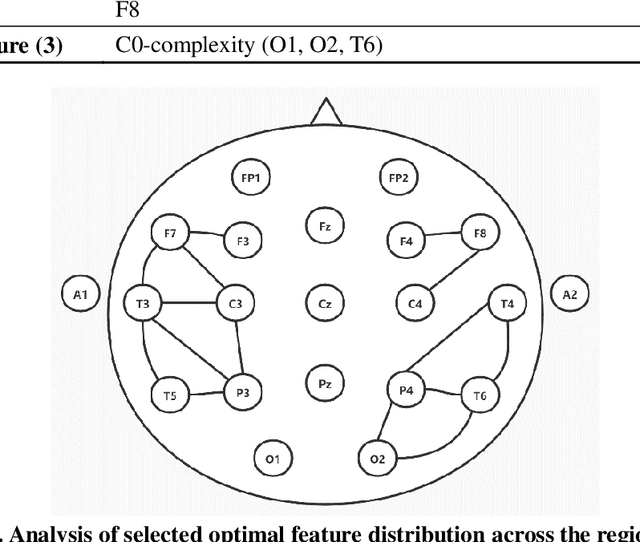Shuting Sun
Weight-based Channel-model Matrix Framework: a reasonable solution for EEG-based cross-dataset emotion recognition
Sep 13, 2022



Abstract:Cross-dataset emotion recognition as an extremely challenging task in the field of EEG-based affective computing is influenced by many factors, which make the universal models yield unsatisfactory results. Facing the situation that lack of EEG information decoding researches, we first analyzed the impact of different EEG information(individual, session, emotion, trial) to emotion recognition by sample space visualization, sample aggregation phenomenon quantification, and energy pattern analysis on five public datasets. And based on these phenomena and patterns, we provided the processing methods and interpretable work of various EEG differences. Through the analysis of emotional feature distribution patterns, Individual Emotional Feature Distribution Difference(IEFDD) was found. After analyzing the limitations of traditional modeling approach suffering from IEFDD, we proposed the Weight-based Channel-model Matrix Framework(WCMF). In order to characterize emotional feature distribution patterns reasonably, four weight extraction methods were designed, and the optimal of them is Correction T-test(CT) weight extraction method. Finally, the performance of WCMF was validated on cross-dataset tasks in two kinds of experiments that simulated different practical scenarios, the results showed WCMF had more stable and better emotion recognition ability.
MODMA dataset: a Multi-modal Open Dataset for Mental-disorder Analysis
Mar 05, 2020



Abstract:According to the World Health Organization, the number of mental disorder patients, especially depression patients, has grown rapidly and become a leading contributor to the global burden of disease. However, the present common practice of depression diagnosis is based on interviews and clinical scales carried out by doctors, which is not only labor-consuming but also time-consuming. One important reason is due to the lack of physiological indicators for mental disorders. With the rising of tools such as data mining and artificial intelligence, using physiological data to explore new possible physiological indicators of mental disorder and creating new applications for mental disorder diagnosis has become a new research hot topic. However, good quality physiological data for mental disorder patients are hard to acquire. We present a multi-modal open dataset for mental-disorder analysis. The dataset includes EEG and audio data from clinically depressed patients and matching normal controls. All our patients were carefully diagnosed and selected by professional psychiatrists in hospitals. The EEG dataset includes not only data collected using traditional 128-electrodes mounted elastic cap, but also a novel wearable 3-electrode EEG collector for pervasive applications. The 128-electrodes EEG signals of 53 subjects were recorded as both in resting state and under stimulation; the 3-electrode EEG signals of 55 subjects were recorded in resting state; the audio data of 52 subjects were recorded during interviewing, reading, and picture description. We encourage other researchers in the field to use it for testing their methods of mental-disorder analysis.
A study of resting-state EEG biomarkers for depression recognition
Feb 23, 2020



Abstract:Background: Depression has become a major health burden worldwide, and effective detection depression is a great public-health challenge. This Electroencephalography (EEG)-based research is to explore the effective biomarkers for depression recognition. Methods: Resting state EEG data was collected from 24 major depressive patients (MDD) and 29 normal controls using 128 channel HydroCel Geodesic Sensor Net (HCGSN). To better identify depression, we extracted different types of EEG features including linear features, nonlinear features and functional connectivity features phase lagging index (PLI) to comprehensively analyze the EEG signals in patients with MDD. And using different feature selection methods and classifiers to evaluate the optimal feature sets. Results: Functional connectivity feature PLI is superior to the linear features and nonlinear features. And when combining all the types of features to classify MDD patients, we can obtain the highest classification accuracy 82.31% using ReliefF feature selection method and logistic regression (LR) classifier. Analyzing the distribution of optimal feature set, it was found that intrahemispheric connection edges of PLI were much more than the interhemispheric connection edges, and the intrahemispheric connection edges had a significant differences between two groups. Conclusion: Functional connectivity feature PLI plays an important role in depression recognition. Especially, intrahemispheric connection edges of PLI might be an effective biomarker to identify depression. And statistic results suggested that MDD patients might exist functional dysfunction in left hemisphere.
 Add to Chrome
Add to Chrome Add to Firefox
Add to Firefox Add to Edge
Add to Edge